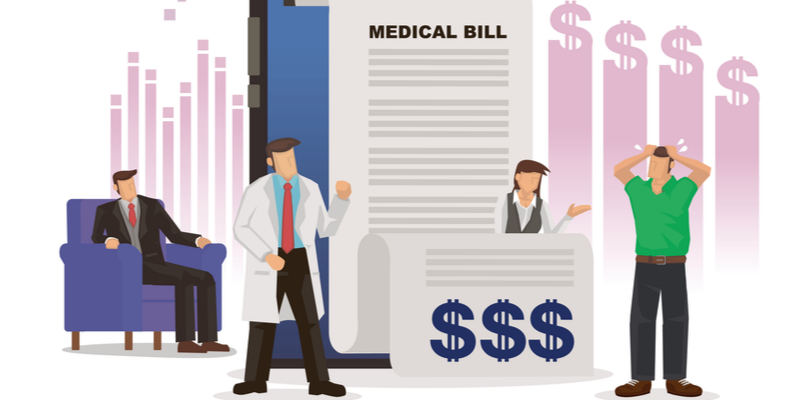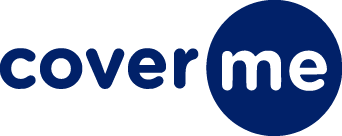Proven Strategies to Improve Patient Collections at Your Healthcare Facility

Patient Collections - A Complicated, yet Critical Process
The challenges of patient collections are multifold and for good reasons. A study conducted by Insta Med, a J.P Morgan Company, noted that almost 78% of providers are not able to collect a $1000+ patient balance even in 30 days. With patients taking on more of the burden of health care costs, the situation can only worsen for the providers. It is possible for providers to challenge this trend. The key lies in the following:
- Implementing a proactive patient collection strategy
- Providing different payment options
- Leveraging technology to streamline the collections workflow
We shall go over how each of these strategies can make a difference in enhancing your payment collections. But before that, let us look at why it is important to focus on patient collections.
Importance of Patient Collections
According to a report published by the American Health Association, since the year 2000, hospitals have incurred over $745 billion in uncompensated care expenses. Another study observed that patient copays account for 20% of the hospital revenue. Unfortunately, only 60% of these patient balances are actually collected.
Patient out-of-pocket expenses have increased significantly in recent years. Thus, revenue collection depends more on the patients than the payers. This makes it imperative for providers to improvise their patient balance collection strategy and utilize technology to improve their cash flows.
Thankfully, there are ways to optimize your revenue collection practice:
Four Ways to Increase Patient Collections
As we have just outlined, patient collections represent a key component of your revenue cycle. To address the challenges arising from a growing self-pay population, patient collection methods must move beyond traditional approaches. Here are four proven ways that hospitals should adopt to maximize patient collections.
Gather Accurate Information
Becker’s Hospital Review estimates that 80% of hospital bills contain errors.
A Kaiser Family Foundation study from 2019 revealed that 18% of claim denials are due to non-covered services.
Obtaining accurate patient demographic and insurance information is essential for the collections process to be effective. The most efficient revenue cycle operations enable staff to do the following:
- Verify coverage upfront
- Identify the different programs the patient might be eligible for
- Use verified information for patient follow-ups until payment is fully collected
- Determine the patient’s propensity to pay
Focus on POS Collections
Did you know that patient copays alone make up approximately 20% of a doctor office’s revenue, but most medical practices only collect 60% of patient copays? This means that the provider only collects 60 cents for every $1 bill in the United States.
Enabling POS collections is the key to fostering a healthy revenue cycle. The best time to collect your payments is when the patient is in front of you! The American Medical Association acknowledges that collecting the patients’ pending payments at the point of care can benefit providers in multiple ways. These include:
- Reducing accounts receivables
- Improving cash inflows
- Minimizing the backend collection costs
- Eliminating the burden of tracking and writing off patient bad debts
POS collection best practices dictate setting the right payment expectations at the point of care.
A real-time eligibility verification solution like CoverMe will allow your intake user to proactively verify eligibility and coverage information.
The solution enables staff to educate the patients on what the patient may owe. Even if a patient cannot pay the entire bill during their visit, requiring POS collections will ensure at least a portion will be paid at that time. If needed, the patient can also take advantage of financing options, increasing the likelihood of patient payments. Ultimately, this helps alleviate patient stress and enhances their overall experience.
Offer Flexible Payment Methods & Plans
A 2019 consumer survey stated that 49% of patients were frustrated due to the lack of digital options to pay bills. It is important to increase the likelihood of collecting patient balances at check-in by providing a variety of payment methods, including cash, credit/debit card, ApplePay, Google Pay or checks from the patient’s savings or checking account.
A study by the Kaiser Family Foundation notes that 46% of insured adults in America cannot afford out-of-pocket expenses not covered by their insurance.
Offering different payment plans will not only help your self-pay population by giving additional options of making payments but will also help with the entire patient experience. The payment programs may actually vary depending on whether they are internally funded, interest-free, or through other loan programs.
CoverMe’s patient balance financing solution employs a data-driven approach to pre-approve patients to flexible financing options.
Implement a Safety-Net program in Your facility
Identify billable Medicaid, Medicare, and commercial insurances that may have been previously unknown or forgotten. With a safety net solution in place, hospitals can ensure that only true self-pay balances end up in bad debt.
A safety net solution like the CoverMe Retrocheck hospital and health systems can:
- Maximize insurance reimbursement by identifying primary, secondary, and tertiary coverage
- Mitigate the risk of rising deductibles
- Recover reimbursements from 90 days to a year post-discharge
An Improved Cash Flow Starts with a Strategic Partnership
Do not let patient collections distract from patient care. Take the first step towards eliminating the challenges of uncompensated care with CoverMe - A Unified AI-Enabled Healthcare Finance & Coverage Marketplace solution.
Our all-in-one platform focuses on optimizing your front-end collections with unique solutions to perform the following:
- Verify patient eligibility - Discover other available commercial and government coverages
- Insurance Verification - Identify existing coverage
- Match patients to financial assistance or other charity programs
- Identify affordable payment options through low interest, interest-free, or line-of-credit financing alternatives.
- Offer a safety net that helps in identifying billable opportunities that may have been previously unknown or forgotten
With CoverMe, providers can optimize their existing revenue cycle with innovative technology to collect more with less stress. Staff can now focus on what really matters - their patients, communities, and objectives.
For more information on how your organization can increase patient collections and improve your bottom line, schedule a demo with us!


